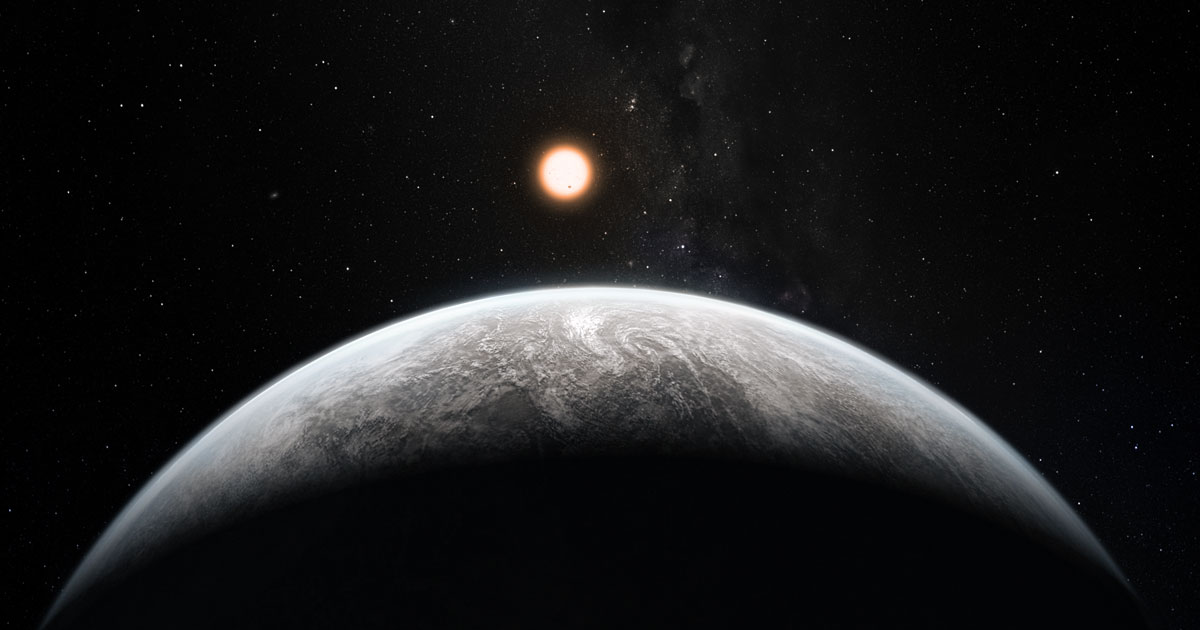They used four telescopes at once to study a far-off "super-Jupiter."
Hot Pursuit
For the first time, astronomers have used a technique known as optical interferometry to study an exoplanet.
That planet, HR 8799e, is a "super-Jupiter" with a surface temperature of a hellish 880 degrees Celsius (1,616 degrees Fahrenheit), meaning it's highly unlikely to support life — but the unprecedented quality of the astronomers' observations suggest that optical interferometry could prove invaluable in the hunt for aliens elsewhere.
Team Effort
Optical interferometry involves using multiple telescopes simultaneously to study an object, rather than relying on a single one.
For their study of HR 8799e, which was published in the journal Astronomy and Astrophysics on Wednesday, an international team of astronomers used GRAVITY, an interferometric instrument that exploits the four 8-meter-wide telescopes of the European Southern Observatory's (ESO) Very Large Telescope (VLT), to study the exoplanet in unprecedented detail.
Through these observations, the team was able to calculate the distance between it and its star, HR 8799, 10 times more accurately than they could using previous techniques, as well as glean new insights into its orbit.
Powerful Tool
The astronomers were also able to measure HR 8799e's spectrum — its molecular makeup — with unprecedented accuracy, which yielded an unexpected discovery.
"Going by the planets of our own solar system, we would expect large amounts of methane in the atmosphere of a gas planet this hot," researcher Silvia Scheithauer said in a press release. "But surprisingly, the atmosphere of HR 8799e hardly contains any methane it all. Instead, we found major amounts of carbon monoxide!"
According to the ESO, our best bet for finding alien life lies in our ability to measure exoplanets' spectrums, and thanks to this study of HR 8799e, we now know that we have a highly accurate new technique to help us find atmospheres likely to support extraterrestrial lifeforms.
READ MORE: Exoplanet under the looking glass [Max Planck Institute for Astronomy]
More on the VLT: New Image Confirms a Black Hole Is Swallowing Our Galaxy
Share This Article
